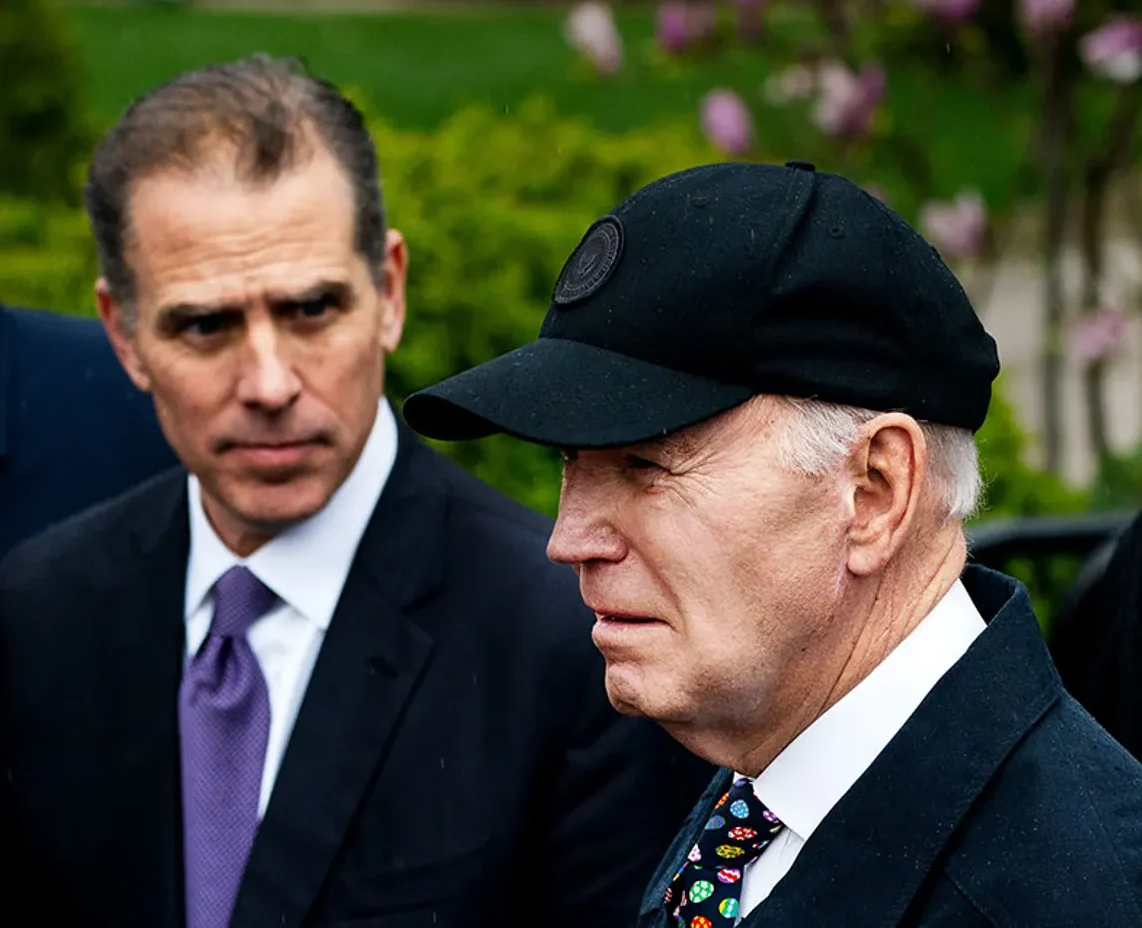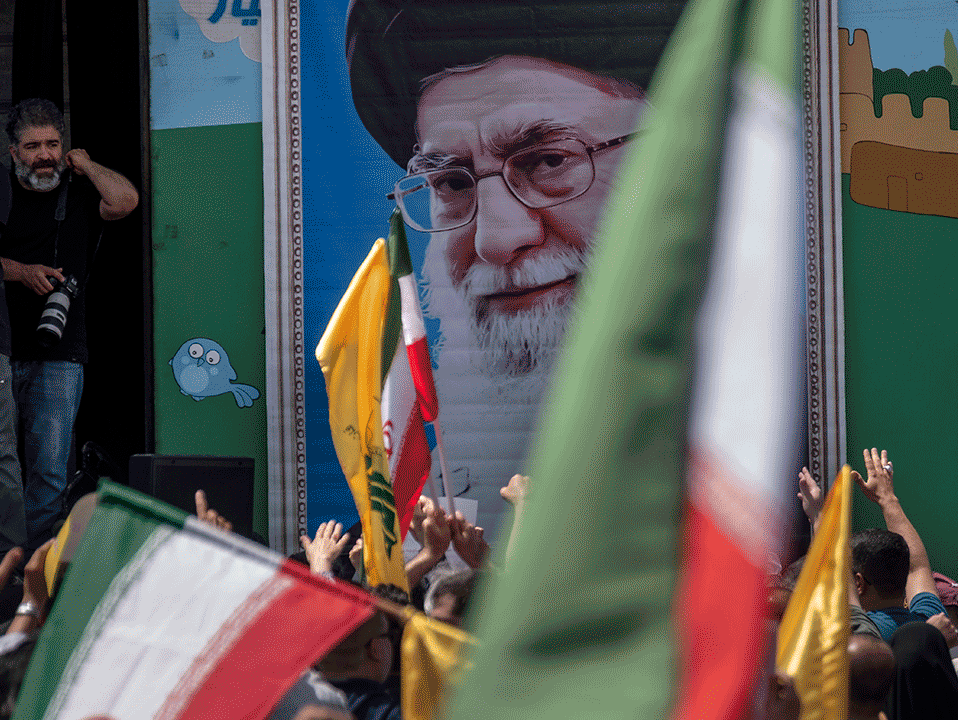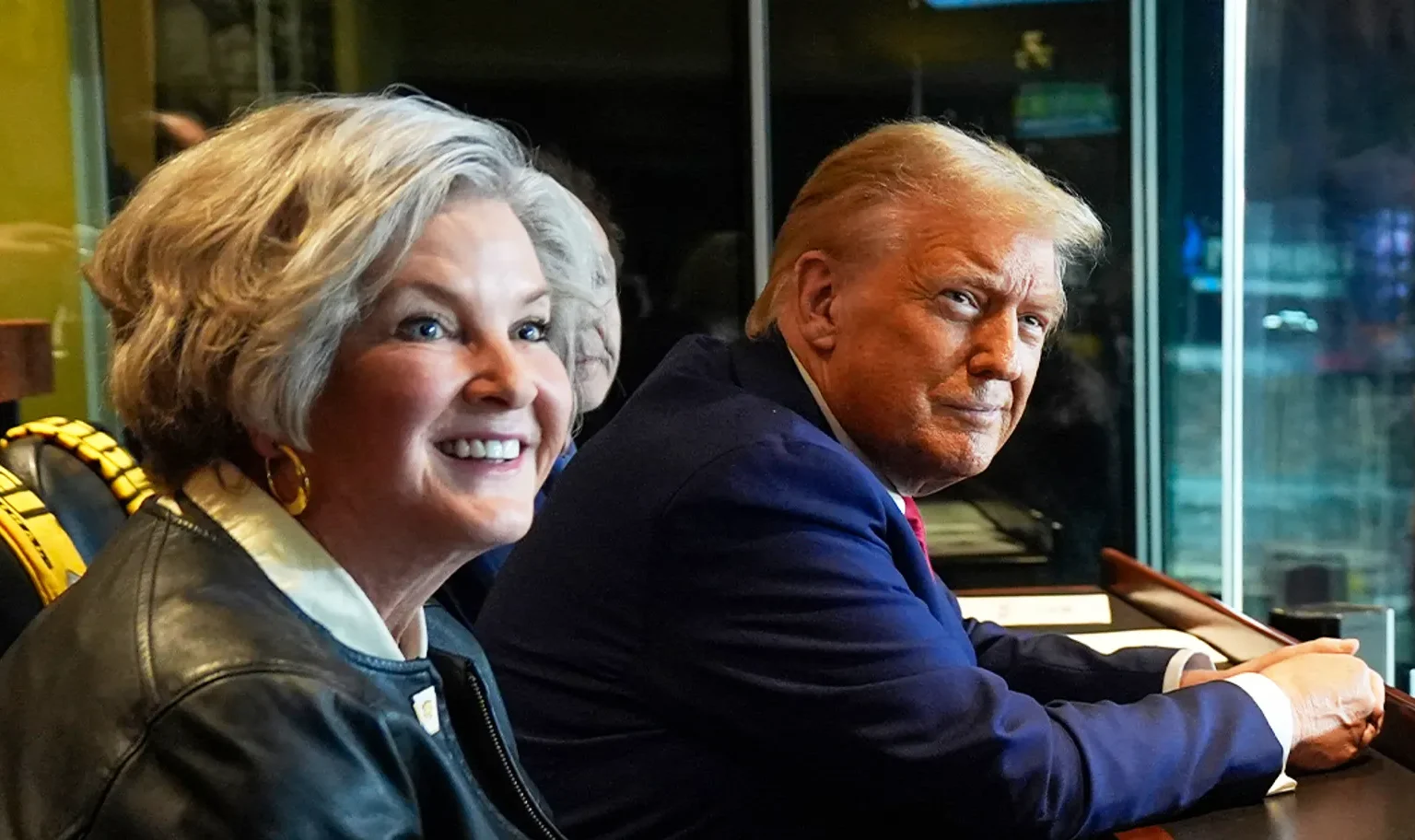The high-stakes call between former President Donald Trump and Russian President Vladimir Putin marks a pivotal moment in ongoing diplomatic efforts to de-escalate the war in Ukraine. With the United States spearheading a push for peace, the conversation signals a shift in strategy, focusing on pragmatic, phased steps toward a broader ceasefire. However, the lack of a firm commitment from Moscow raises questions about the feasibility of immediate progress.
The central takeaway from the White House readout is that both leaders acknowledged the need for a lasting peace and emphasized improved U.S.-Russia relations. Notably, Putin appeared receptive to Trump’s proposal for a mutual pause on energy infrastructure attacks, a crucial first step in reducing the broader economic and military toll of the war.
Yet, despite Trump’s optimism, there was no explicit agreement from Russia on the 30-day ceasefire recently accepted by Ukraine. This suggests that while Moscow is willing to discuss targeted de-escalation, it remains hesitant to commit to broader concessions without further negotiations.
President Trump: “My phone conversation today with President Putin of Russia was a very good and productive one…..” pic.twitter.com/tYxdSM3CuZ
— Dan Scavino (@Scavino47) March 18, 2025
The upcoming peace talks in Saudi Arabia—led by National Security Adviser Mike Waltz and Secretary of State Marco Rubio—underscore the Biden administration’s commitment to a diplomatic resolution. Special Envoy Steve Witkoff, who conducted extensive preliminary discussions with Putin, highlighted the importance of halting attacks on critical infrastructure and maritime hostilities in the Black Sea. If successful, these initial agreements could serve as a foundation for a more comprehensive truce.
Trump’s remarks following the call acknowledge the complexity of immediate ceasefire implementation. With entrenched military positions and active hostilities, a short-term cessation of violence remains a logistical and strategic challenge. As Trump stated, “Right now, you have a lot of guns pointing at each other,” a sentiment that reflects the deeply rooted tensions on the ground.
Meanwhile, Ukrainian President Volodymyr Zelenskyy offered a measured response, expressing skepticism but recognizing any partial ceasefire as a positive development. Ukraine’s cautious stance reflects its concern that Russia could exploit a temporary truce to regroup and reinforce its positions rather than serve as a genuine step toward ending the war.
While Trump’s engagement with Putin introduces a potential breakthrough in negotiations, the path to lasting peace remains uncertain. The upcoming Saudi-led talks will be a key test of whether the tentative agreements on infrastructure attacks and Black Sea hostilities can translate into a broader ceasefire. The success of these negotiations hinges on Russia’s willingness to make substantive commitments and Ukraine’s ability to secure guarantees that any pause in fighting does not come at the cost of its long-term security.
🚨BREAKING: President Trump has concluded a 90 min phone call with Vladimir Putin where “many elements” of a peace deal with Ukraine have been agreed to.
A Russian government official stated after the call, “Under the leadership of president Putin and president Trump, the world… pic.twitter.com/qTEfFaY2v1
— Charlie Kirk (@charliekirk11) March 18, 2025
In the coming weeks, all eyes will be on Jeddah as the U.S. attempts to bridge the remaining gaps between the warring parties. Whether this marks the beginning of the end of the conflict or just another diplomatic stalemate remains to be seen.



